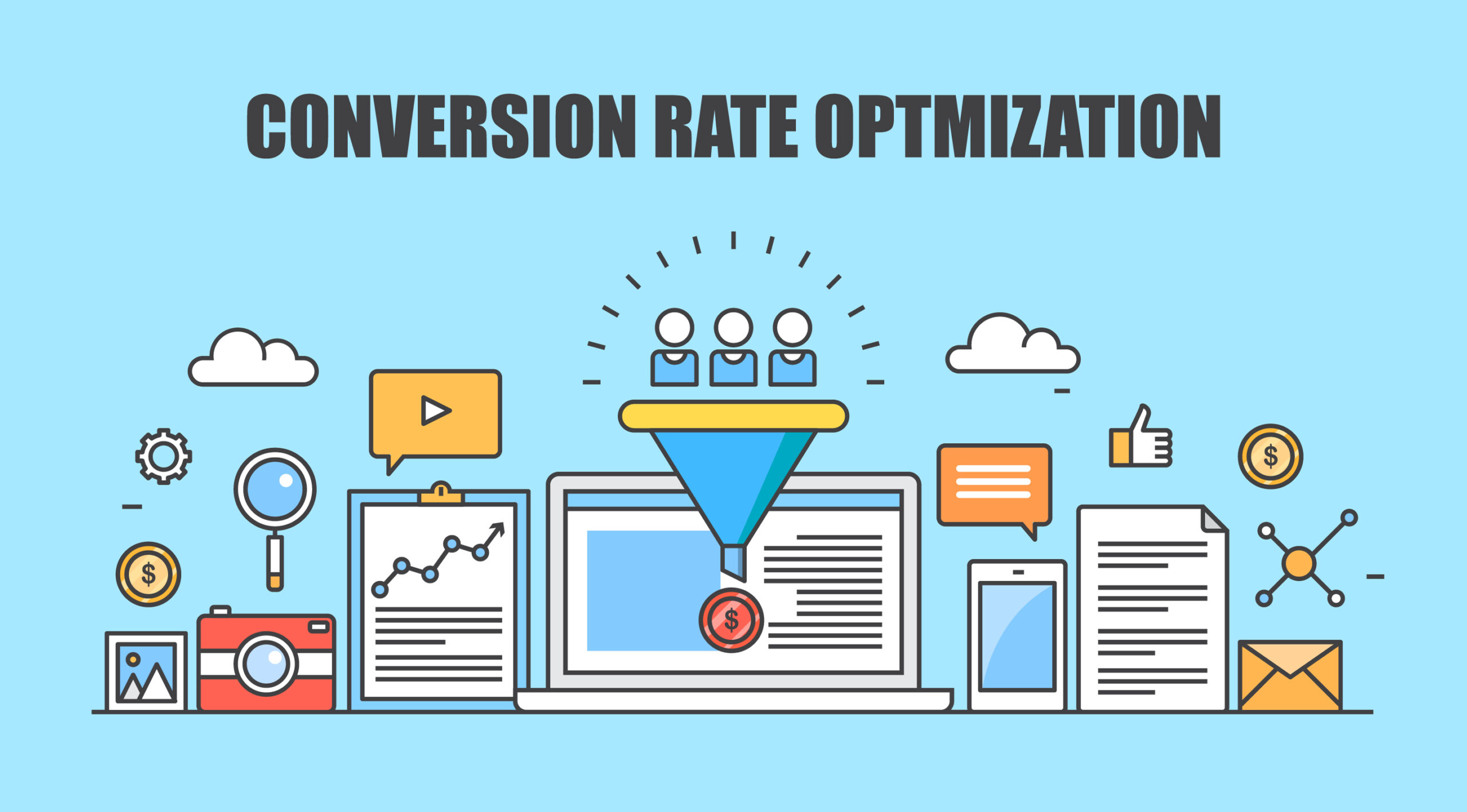In the rapidly evolving landscape of life sciences, where innovation and discovery drive progress, conversion optimization plays a crucial role in translating scientific advancements into tangible success. Whether you’re in biotechnology, pharmaceuticals, or healthcare, mastering the art of converting scientific potential into practical outcomes is paramount. This article explores essential principles and best practices in life science conversion optimization, empowering professionals to maximize impact and achieve sustainable success.
Understanding Conversion Optimization in Life Sciences
Conversion optimization in life sciences refers to the systematic process of enhancing the efficiency and effectiveness of converting scientific insights, innovations, or discoveries into actionable outcomes. It involves leveraging data, insights, and strategies to improve key performance metrics such as research impact, product development timelines, clinical trial success rates, and commercialization efforts. A crucial aspect of this process is aligning these efforts with a robust clinical development plan, ensuring that research findings are translated into well-executed trials and ultimately successful market introductions. This alignment helps in navigating regulatory requirements, optimizing resource allocation, and maximizing the potential of life sciences innovations.
Key Components of Life Science Conversion Optimization
Conversion optimization in the life sciences industry encompasses several critical components that collectively contribute to achieving desired outcomes and enhancing stakeholder engagement. These components are tailored to address the unique challenges and opportunities within the sector, ensuring compliance with regulatory standards while maximizing the impact of digital marketing efforts.
1. Audience Segmentation and Understanding
Audience segmentation lies at the heart of effective conversion optimization in life sciences. This involves categorizing target audiences—whether healthcare professionals, patients, caregivers, or other stakeholders—based on demographics, behavior patterns, medical specialties, and informational needs..
2. Data-Driven Insights and Analytics
Data-driven insights play a crucial role in optimizing conversion rates within the life sciences sector. Utilizing advanced analytics tools allows organizations to track and analyze user behavior, traffic sources, and conversion funnels. This data helps identify key performance indicators (KPIs) such as conversion rates, bounce rates, and average session duration, providing actionable insights for continuous improvement.
3. User Experience (UX) Optimization
Optimizing user experience is critical in capturing and retaining the attention of stakeholders within the highly competitive landscape of life sciences. Websites, mobile applications, and digital platforms must be designed with intuitive navigation, responsive layouts, and accessibility features that cater to diverse user needs.
4. Content Strategy and Compliance
A robust content strategy is essential for establishing credibility and authority in the life sciences industry. Content should not only be informative and educational but also compliant with regulatory guidelines imposed by authorities such as the FDA (Food and Drug Administration) or EMA (European Medicines Agency).
5. Trust Building and Credibility
Building trust is paramount in life sciences conversion optimization, where decisions often impact patient health and well-being. Testimonials, case studies, and endorsements from healthcare professionals or satisfied patients serve as powerful testimonials of efficacy and reliability.
6. Continuous Improvement and Adaptation
Conversion optimization in life sciences is an iterative process that demands ongoing monitoring, analysis, and adaptation. By setting benchmarks and KPIs, organizations can measure the effectiveness of their strategies and identify areas for enhancement.
Principles of Successful Conversion Optimization
Successful conversion optimization in life sciences is underpinned by several key principles that guide strategic decision-making and execution.
1. Alignment with Scientific Goals and Ethical Standards
Integrating conversion optimization strategies that align with overarching scientific goals and adhere to ethical standards ensures sustainable success and fosters trust within the scientific community and beyond.
2. Continuous Improvement and Adaptation
Embracing a culture of continuous improvement and adaptation allows life science organizations to stay agile and responsive to evolving scientific, regulatory, and market dynamics.
3. Cross-Functional Collaboration
Facilitating collaboration and communication across multidisciplinary teams fosters innovation, accelerates problem-solving, and enhances the effectiveness of conversion optimization efforts.
4. Patient-Centric Approach
Prioritizing patient needs, safety, and outcomes throughout the research, development, and commercialization process ensures that life science innovations deliver meaningful benefits to individuals and society.
5. Compliance and Regulatory Excellence
Maintaining rigorous compliance with regulatory requirements and standards is essential for navigating complex regulatory landscapes and ensuring the timely approval and market entry of life science products.
Best Practices in Life Science Conversion Optimization
Implementing best practices enhances the effectiveness and efficiency of conversion optimization efforts in life sciences, driving measurable impact and sustainable success.
1. Data-Driven Insights
Harnessing advanced analytics, machine learning, and predictive modeling to derive actionable insights from complex datasets enhances decision-making accuracy and efficiency.
2. Personalized Medicine Approaches
Embracing personalized medicine approaches enables targeted development and commercialization strategies tailored to individual patient profiles, improving treatment outcomes and market adoption.
3. Agile Methodologies
Adopting agile methodologies in research, development, and commercialization processes facilitates rapid iteration, feedback incorporation, and adaptation to changing market and scientific dynamics.
4. Digital Transformation
Leveraging digital technologies, such as artificial intelligence, virtual reality, and telemedicine program, enhances operational efficiency, patient engagement, and real-time decision-making capabilities.
5. Strategic Partnerships and Alliances
Forming strategic partnerships and alliances with academic institutions, research organizations, healthcare providers, and industry stakeholders fosters collaboration, accelerates innovation, and expands market reach.
Case Studies in Successful Conversion Optimization
Case Study 1: Optimizing Clinical Trial Efficiency
By implementing data-driven patient recruitment strategies and leveraging digital platforms for remote monitoring and real-time data analysis, a pharmaceutical company accelerated clinical trial timelines by 30% and reduced costs by 20%.
Case Study 2: Enhancing Research Impact
Through strategic collaboration with leading academic institutions and proactive engagement with scientific communities, a biotechnology company increased the citation impact of its research publications by 50% and attracted top talent to its research programs.
Case Study 3: Streamlining Product Development
Utilizing agile methodologies and cross-functional collaboration, a medical device manufacturer reduced product development cycles by 40% and successfully launched a next-generation medical device ahead of competitors.
Conclusion
Achieving success in life science conversion optimization requires a combination of strategic foresight, data-driven decision-making, cross-disciplinary collaboration, and a commitment to ethical and regulatory excellence. By embracing these principles and best practices, life science professionals can navigate complexities, drive innovation, and ultimately deliver transformative impact to patients, healthcare providers, and society at large. As the landscape continues to evolve, continuous learning, adaptation, and a focus on patient-centric innovation will remain essential in shaping the future of life sciences.




